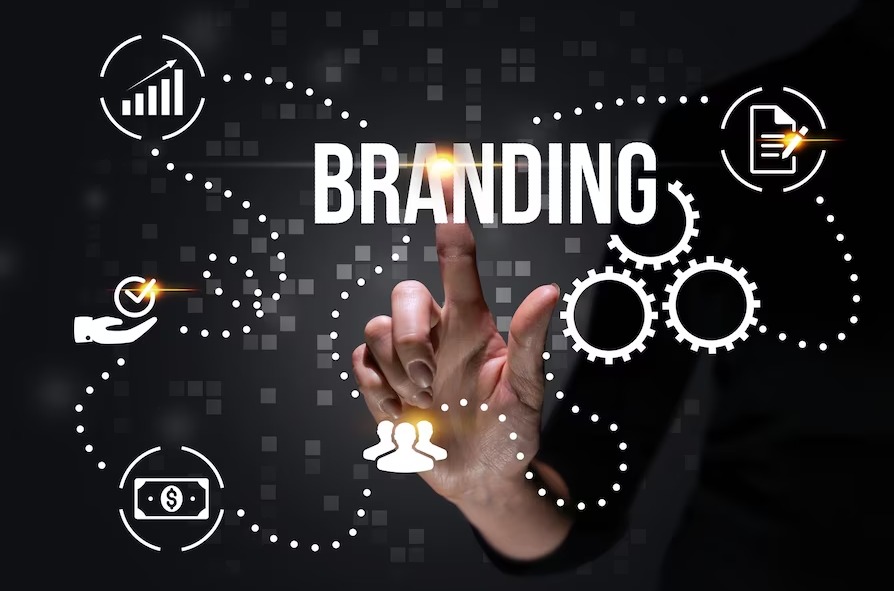The significance of body language in the context of interviews cannot be overstated. It’s not just what you say but also how you say it that leaves a lasting impression on potential employers. This guide aims to provide insights into the world of non-verbal communication, offering practical tips to help you master the art of body language and make a positive impact during interviews. Whether you’re a seasoned professional or a recent graduate, harnessing the power of non-verbal cues can elevate your interview performance and enhance your overall communication skills.
1. The Power of First Impressions
The moment you step into the interview room, your body language begins to communicate before you utter a single word. A firm handshake, a genuine smile, and maintaining eye contact convey confidence and professionalism. These initial non-verbal cues set the tone for the interview and influence the interviewer’s perception of you.
Imagine yourself entering the interview room with a confident stride, offering a firm handshake, and making eye contact while smiling. These actions create a positive first impression, signaling your readiness and enthusiasm for the opportunity.
2. Maintaining Eye Contact
Eye contact is a fundamental aspect of non-verbal communication. It establishes a connection between you and the interviewer, conveying sincerity and attentiveness. Avoiding eye contact may be perceived as lack of confidence or disinterest. However, striking the right balance is key—maintain eye contact without making it overly intense or uncomfortable.
During the interview, make a conscious effort to engage with the interviewer through appropriate eye contact. When answering questions, shift your gaze naturally to each person in the room, if there’s more than one interviewer.
3. Posture and Body Alignment
Your posture communicates volumes about your level of confidence and professionalism. Sit up straight with your shoulders back, projecting an image of self-assurance. Avoid slouching or crossing your arms, as these gestures may be interpreted as disengagement or defensiveness. Instead, adopt an open and relaxed posture to convey confidence and approachability.
Visualize yourself sitting tall in the chair, leaning slightly forward to express interest in the conversation. Keep your arms comfortably resting on the armrests or on the table, demonstrating attentiveness and openness.
4. Hand Gestures and Facial Expressions
Strategic use of hand gestures and facial expressions can enhance your verbal communication. Employ natural and purposeful hand movements to emphasize points, but be mindful of excessive or distracting gestures. Additionally, maintain a friendly and approachable facial expression. A warm smile can create a positive atmosphere and convey your enthusiasm for the position.
Practice incorporating subtle hand gestures that complement your words. For example, when discussing your achievements, use gestures to highlight key points. Simultaneously, maintain a genuine smile to convey positivity.
5. Mirroring and Matching
Mirroring the body language of the interviewer can create a sense of rapport and connection. Subtly match their gestures, posture, and pace of speech. This non-verbal mirroring fosters a sense of mutual understanding and can positively influence the dynamics of the interview. However, ensure that your mirroring is subtle and natural, avoiding mimicry.
If the interviewer leans forward or uses expressive hand gestures, subtly mirror these actions. This establishes a non-verbal connection and conveys your ability to adapt and connect with others.
Real-World Examples of Effective Body Language in Interviews
Let’s explore real-world examples illustrating effective body language during interviews:
- Confident Entrance:
- Action: Enter the interview room with a purposeful stride, offering a firm handshake and making eye contact with each interviewer.
- Impact: Communicates confidence, professionalism, and a positive first impression.
- Engaged Posture:
- Action: Sit upright with shoulders back, maintaining an open posture and leaning slightly forward during key points in the conversation.
- Impact: Conveys attentiveness, confidence, and active engagement in the interview process.
- Effective Hand Gestures:
- Action: Employ purposeful hand gestures to emphasize key points in your responses, avoiding distracting or excessive movements.
- Impact: Enhances verbal communication, adds emphasis to important information, and demonstrates confidence.
- Warm Facial Expressions:
- Action: Maintain a friendly and approachable facial expression, incorporating a genuine smile throughout the interview.
- Impact: Creates a positive atmosphere, conveys enthusiasm, and establishes a connection with the interviewers.
- Subtle Mirroring:
- Action: Subtly mirror the interviewer’s gestures, posture, and pace of speech to establish a non-verbal connection.
- Impact: Builds rapport, fosters a sense of mutual understanding, and positively influences the interview dynamics.
Frequently Asked Questions (FAQs) about Body Language in Interviews
6. How can I practice and improve my body language for interviews?
Practice in front of a mirror or with a friend to receive feedback. Record mock interviews to assess your body language. Focus on areas such as eye contact, posture, and gestures, and work on refining them over time.
7. What body language cues should I be cautious of during an interview?
Be cautious of negative body language cues such as slouching, avoiding eye contact, excessive fidgeting, or crossing your arms. These gestures can convey disinterest or nervousness.
8. Can body language vary in different types of interviews (phone, video, in-person)?
Yes, body language nuances may differ in various interview formats. For phone interviews, focus on vocal tone and pacing. In video interviews, ensure your background is professional, and your facial expressions are visible.
Conclusion: Elevating Your Interview Performance with Non-Verbal Mastery
Mastering the art of body language is an invaluable skill that can significantly impact your success in interviews. By consciously incorporating positive non-verbal cues, you enhance your overall communication, build rapport with interviewers, and leave a lasting impression. Practice these techniques regularly to cultivate confidence and project a polished image that aligns with your professional aspirations.




